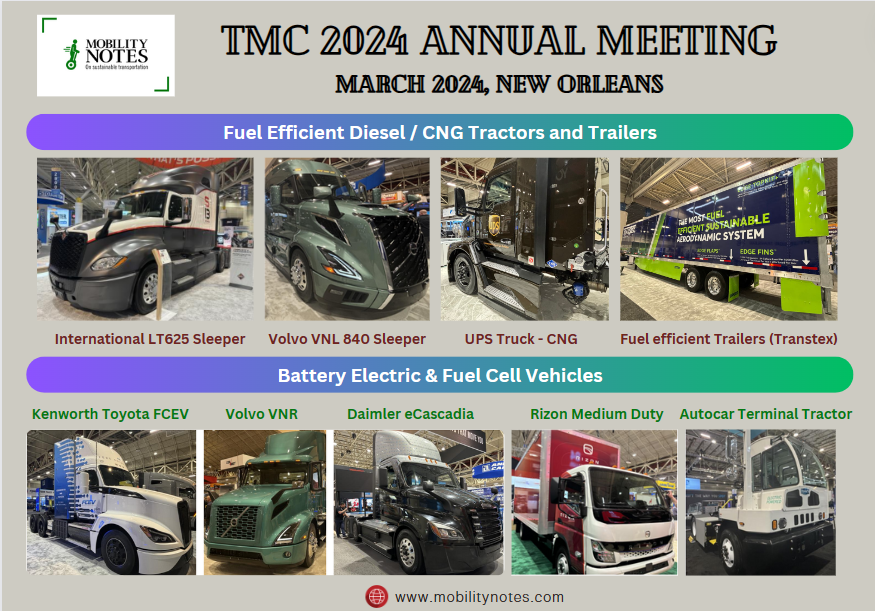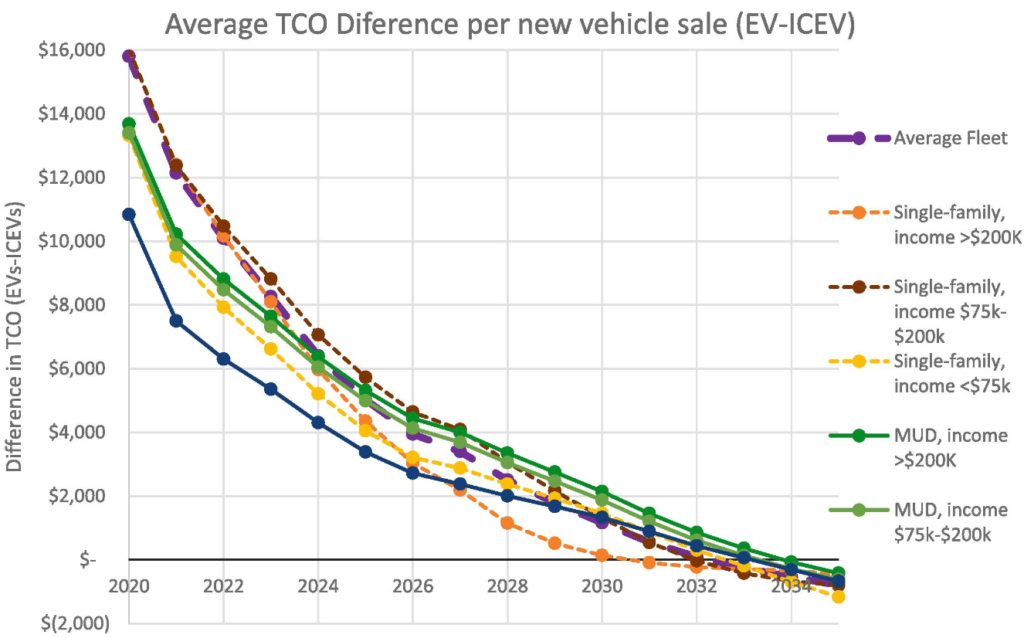
Megawatt charging and battery swapping
![]()
Two new developments in China which promise to top up your battery in a few minutes, either through very high charging rates or through swapping it out.

![]()
Two new developments in China which promise to top up your battery in a few minutes, either through very high charging rates or through swapping it out.

![]()
The European Commission’s “Industrial Action Plan for the European automotive sector” amends the CO2 standard for cars and vans, requiring the 15% reduction in CO2 to be now met over 3 years.

![]()
A summary of the latest PM E-Drive incentives worth ~ $1.3B announced by the Indian government to increase the uptake of electric vehicles.

![]()
A summary of a study comparing the direct manufacturing costs of the VW Tiguan and ID4

![]()
The 13th BP Energy Outlook provides insights into the changing landscape of energy demand and supply, one with the current pace of technology deployment and another with an ambitious net-zero goal by 2050. The shift to electricity and therefore to grid decarbonization is highlighted.

![]()
A new study shows that switching to a Class 8 truck can more than double the total cost of transportation. Here’s a summary.

![]()
The ACT Expo, 2024 covered all aspects of the latest technologies for commercial vehicles and provided a unique forum to discuss the “reality” on the ground for the energy transition. Here is a summary in pictures.

![]()
A visual summary of the TMC Annual Meeting and Transportation Technology Exhibition, held in New Orleans, March 2024.

![]()
New study analyzes the cost of transition to electric vehicles in California, including socio-economic factors. The burden will shift to lower income groups in later years.

![]()
A brief summary of the near-final Euro 7 regulations for light- and heavy-duty vehicles.